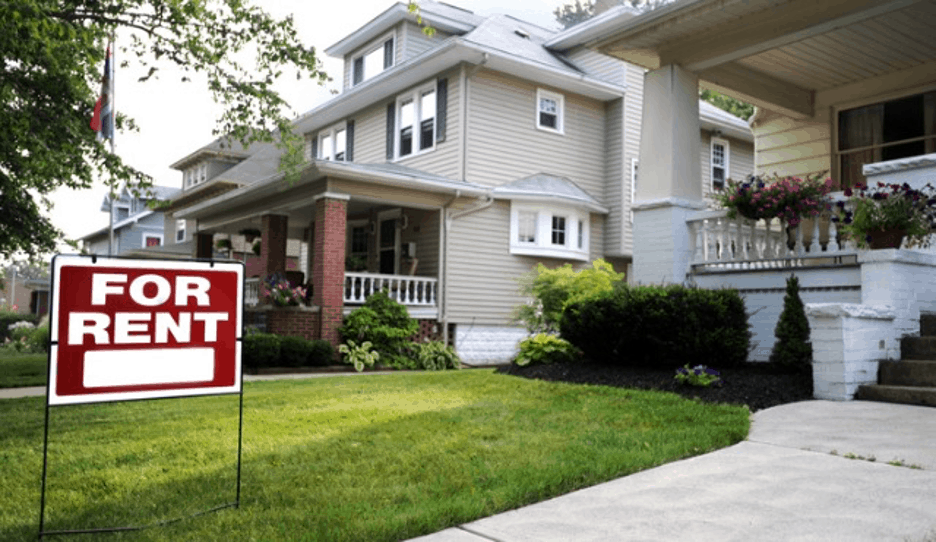By Jerry Jensen
For most real estate investors, cash for down payments is the bottleneck. The choke point, the constraint that sets the speed limit on how fast you can build your rental portfolio. This means if you want to grow your portfolio faster, you need to solve the down payment problem.
Whether you’re buying your first property in Southern Utah or your 14th, try out the following ideas to make real estate investing more affordable.
1. HELOC or RELOC
While homeowner mortgages don’t typically allow you to borrow any part of the down payment, investment property lenders do generally allow it, which opens up several opportunities for borrowing your next down payment. If you have a home equity line of credit (HELOC) on your primary residence, you can draw on it to source your next down payment. It makes for a flexible way to borrow and pay back the debt on your own schedule.
Many landlords don’t know that they can also take out HELOCs against rental properties with equity. I call these “RELOCs,” but I’m not sure anyone else does. Regardless of the property type, know that you can tap existing equity not just to finance property upgrades, but also to cover your next down payment on another rental.
2. Cross-Collateralize Existing Properties
Another way to tap existing equity is to put another property up for collateral. The lender puts a lien on both properties in lieu of collecting a down payment.
It works like this: Say you have a property worth $100,000, that you only owe $40,000 on. You want to buy another $100,000 rental property, but the lender asks for a 20% ($20,000) down payment. Instead of coughing up $20,000, you offer to let the lender cross-collateralize your existing property with $60,000 equity in it.
They put a lien against both your new property and the old property with equity, and lend you the full $100,000 purchase price. That flexibility is part of what you pay for when you take out a hard money loan or a rental property mortgage from a portfolio lender.
3. Use Unsecured Business Credit Lines and Cards
Don’t have other properties with equity? No sweat. As a real estate investor with an LLC, you qualify for business credit cards and credit lines. These creditors may review your business credit, but just as often they focus on your personal credit, particularly if you haven’t established business credit yet.
I’ve used credit cards to finance a property purchase and renovations before. You can buy the materials directly on credit cards with no penalty, and many contractors now accept credit cards, perhaps with a 2 – 3% convenience fee. Even a 3 – 4% cash advance fee is often cheaper than the total fees charged by hard money lenders or rental property mortgage lenders.
4. Seller Financing
An oldie but goodie, you can always try to negotiate a seller carryback, also known as a seller-held second mortgage.
Say your rental property mortgage lender requires a 20% down payment. You then approach the seller and ask them to provide you with a second mortgage to cover some or all of it, and you typically pay it back within a few years. You avoid a down payment, they score a source of passive income and earn some interest over the next few years. Win-win. And for that matter, you can even try to negotiate full seller financing as your only mortgage.
5. Tap Into Your Roth IRA
Among the many overlooked benefits of a Roth IRA is that you can withdraw contributions tax-free and penalty-free, any time. That makes it the most flexible retirement account available.
Of course, if you raid your Roth IRA, you miss out on future tax-free compounding. But by using the money to buy rental properties, you can potentially score even higher returns, greater compounding and the opportunity to retire early on rents. In other words, it could end up serving the same purpose, with even faster results.
6. Partner With Deeper Pockets
As you prepare to buy your first property or two, it helps to find a senior partner. This is someone who can point out common pitfalls and mistakes made by novice investors.
And, ideally, someone who can help cover some of the down payment. Just understand that if you don’t bring experience or much money to the partnership, you’ll probably need to do the lion’s share of the labor to pull your own weight.
7. Score an Owner-Occupied Mortgage
Rental property mortgage lenders require a bare minimum of 20% down, often 25 – 30%. That can add up to a massive amount of cash, for assets costing $200,000, $500,000, sometimes even $1,000,000 or more.
But current Southern Utah homeowner mortgages require as little as 3% down; and FHA loans’ famous 3.5% down payment. Of course, owner-occupied mortgage loans require you to actually occupy the property. Fortunately, you have several options to meet that requirement while still growing your rental portfolio.
The classic approach involves house hacking: buying a duplex to rent one unit and live in the other—or a triplex or fourplex. Residential mortgage loans allow up to four units. You can even use the rental income from the other unit(s) to help you qualify for the lender’s income requirements.
However, the options don’t stop there. You could move into the property for one year—which meets lenders’ occupancy requirements—and then move out, keeping the property for a rental. You can do this with single-family homes, or with multifamily properties that you house hacked.
In fact, you can even house hack through your adult children so that they meet the occupancy requirement rather than you. As you compare shop lenders, ask them about “kiddie condo” loan programs where you partner with your adult children on home purchases, and they move in while you stay comfortably nestled in your own home.
Final Thoughts
You have plenty of options to finance rental properties—and just as many to cover your down payment.
The faster you build passive rental income, the less you have to depend on your nine-to-five job. As you can cover more of your living expenses with rental income, you approach financial independence. Once there, working becomes optional, and you can spend the rest of your life doing, well, whatever you want!
If you are concerned about managing your rental property it is always best to use a professional property management company who will work to maximize your investment and take care of rental concerns. In St. George and Southern Utah, Jensen Property Management & Leasing is a full service rental management company that will help your investment grow – hassle free.
Jensen Property Management & Leasing
- (435) 628-1678
- Send Email
- Visit Website





